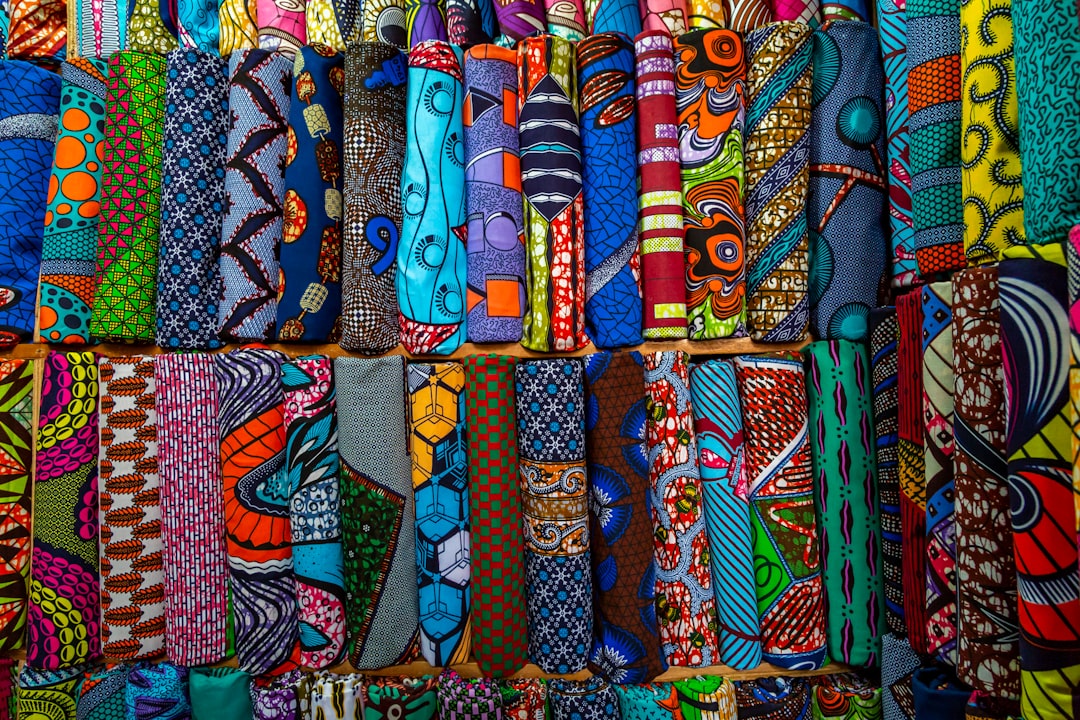What is it about?
We have put a lot of time and effort into creating laws that will help reduce damage to our environment. But we have not always thought about the impact of these laws on children. This project looked at climate law and children’s rights. Children are a ‘vulnerable group’ – they are at risk of suffering because of other people’s decisions about their environment and lives. Almost every country in the world has signed up to United Nations Convention on the Rights of the Child (CRC). This means we have a legal obligation to ensure that decisions we make about climate change are protecting our children. The scientists on this project say one way to do that is to put human rights at the centre of our thinking about climate change. At the moment, they say, we tend to think about climate change in terms of government departments and processes.
Featured Image

Photo by note thanun on Unsplash
Why is it important?
People who make laws and policies have to make them work for everyone. They have to focus on the majority. This may mean they do not think about what effect policies will have on minorities and vulnerable groups, such as children. The international community has legal obligations to develop climate-change policies oriented towards children and future generations. KEY TAKEAWAY: We know that the children of today will face the climate problems of tomorrow. Our children have the right to a sustainable environment. We must make sure our climate change policies protect children’s human rights.
Read the Original
This page is a summary of: Children’s Rights and Climate-Change Policy: Addressing the Concerns of Children and Future Generations, Environmental Policy and Law, October 2018, IOS Press,
DOI: 10.3233/epl-180069.
You can read the full text:
Resources
Climate Change Knowledge Cooperative
Explore the wider collection of climate change research summaries.
Climate Change Litigation: Making corporations pull up their socks and pull down their emissions
This judgement could drive further climate change litigation against large corporations and make them more responsible in the fight against climate change.
Protecting the earth’s atmosphere with dedicated climate laws
The earth’s atmosphere and climate is ‘transnational’. That means that – unlike other aspects of our environment – it does not have national boundaries. Protecting the atmosphere and climate needs global agreement and action. Treating this as a separate area of law may make it easier to reach that agreement.
Are Climate Change Laws Fair? How China Views Fair Climate Responsibility
Countries are more likely to comply with international laws on climate change if the laws are perceived to be fair.
Water is a human right – we need to do more to protect it
Climate change will mean it becomes more difficult and more expensive to get access to drinking water. Some people will be affected worse than others. This is a breach of their human rights. We need to create and enforce laws that reduce the effects of climate change, to protect everyone’s access to water.
Spotlight on: human rights
Frequently answered questions about why climate change is a human rights issue. Explore our summaries of the science on topics such as access to drinking water, clean air, food security, energy and more.
Contributors
Be the first to contribute to this page










